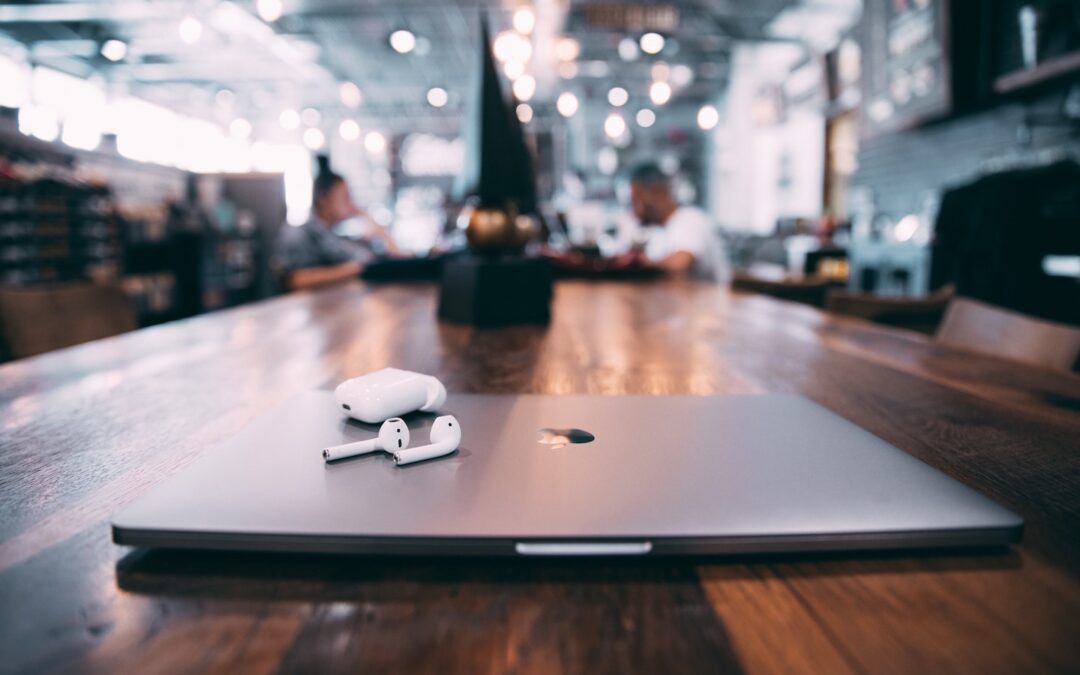The last few weeks have brought a slight but long-overdue shift in the prevailing global mood. Biden’s historic win in the US election and the news of better-than-expected COVID-19 vaccine trial results have come in the midst of second-wave lockdowns in the UK and much of Europe. There is a collective sense of light at the end of the tunnel and of tentative relief that – even though we are not out of the woods – help might be on the way.
Mood: pic.twitter.com/DgVBpdcDWA
— Alex de Campi (@alexdecampi) November 7, 2020
There is no denying, though, that due to the turmoil of recent years, the world as we know it has irreversibly changed. There will be no going back to normal as we knew it. What we have to do now is roll up our sleeves and rebuild for the “next normal”.
Many companies have taken inspiration at an organisational-level from the theme “Building Back Better” as NOBL have noted, not least because of Joe Biden’s platform slogan. But we can also take inspiration from this phrase when applied to a team level.
Building back better in our day-to-day
As Livio wrote in the last edition of this newsletter, burnout is a very real issue, and one that impacts the resilience of ourselves and our teams. It strikes me that much of this is caused by trying to lift and shift our ways of working from the physical world to a virtual one. At this level we aren’t rebuilding for the next normal, and are just hoping for a return to the way things were. This is not sustainable.
Even though we will eventually come out the other side of the pandemic, remote working (or at the very least hybrid working) is here to stay. Daniel Susskind gave this prediction in September, and it aligns to the trend for many businesses deciding to reduce their office footprints or eliminate them all together by going all-in on remote.
“One way to think about our current plight is that we are engaged in a massive unplanned pilot scheme in the use of technology in the workplace. We are going to learn some things do not work well at all, but we are also going to find that others do – and these will remain.”
If this is the case, then the very real issue of burnout tells us we need to build back better when it comes to our day-to-day. We must design a different way of getting things done to bolster our resilience and our effectiveness as individuals and as teams. We must help ourselves and each other to protect our time, and set healthier boundaries. Where are some good places to start?
Lean in to trust
Since WFH became our day-to-day, a curious norm has emerged where it is expected you should always be available. This virtual version of presenteeism is the enemy of productivity, as we are constantly fielding interruptions. Instead we should be making liberal use of presence markers in our virtual tools – the green lights that signal whether you are available to respond – to set expectations and protect time for deep work.
Bruce Daisley recently spoke on how to make remote work good work in a recent RSA event and touched on this, noting that many managers felt at the beginning of the pandemic they needed the reassurance of the green lights to know their teams were “at work”.
But now that we have seen that most teams productivity levels have either held up or improved since going remote, we have an opportunity to take a more mature approach and encourage setting these boundaries for deep work.
Rethink meetings
Anyone who has spent most of their weeks in and out of video calls will tell you, they can suck the life out of your day, leaving no time or energy left to apply to actual work. This is the most common example of trying to replicate office ways of working to a remote context and it does not work. As this recent INSEAD article notes, remote meetings are good for quick alignments, to remove blockers, and for conscious time to connect with purpose. Remote meetings are not good for replicating the broadcast or status reporting meetings of old.
“thriving teams changed their meeting cadence from longer meetings once a week to shorter meetings multiple times a week, or even every day (e.g. daily standups)”
Chat as work
Most organisations have not tapped into the full power of chat tools to get work done. When applied in a considered way, it can be a less invasive and highly productive way of aligning, agreeing and making progress on tasks – as pointed out in HBR who highlighted “burstiness” as a key indicator of successful remote teams.
“Human communication is naturally “bursty,” in that it involves periods of high activity followed by periods of little to none. Our research suggests that such bursts of rapid-fire communications, with longer periods of silence in between, are hallmarks of successful teams.”
Chat tools naturally facilitate “burstiness”, but as always the devil is in the details. Be mindful of people’s boundaries. Trying to initiate a chat during others protected deep work time will be counter-productive, hindering rather than helping the fight against burnout.

